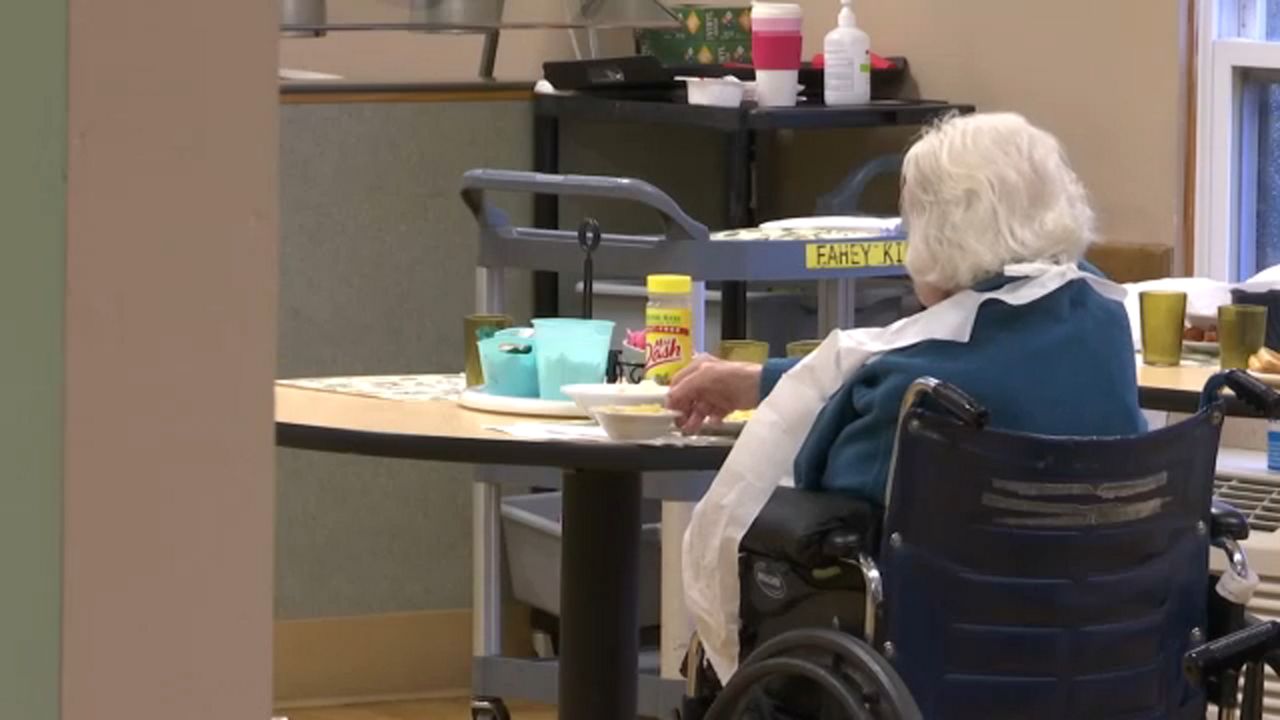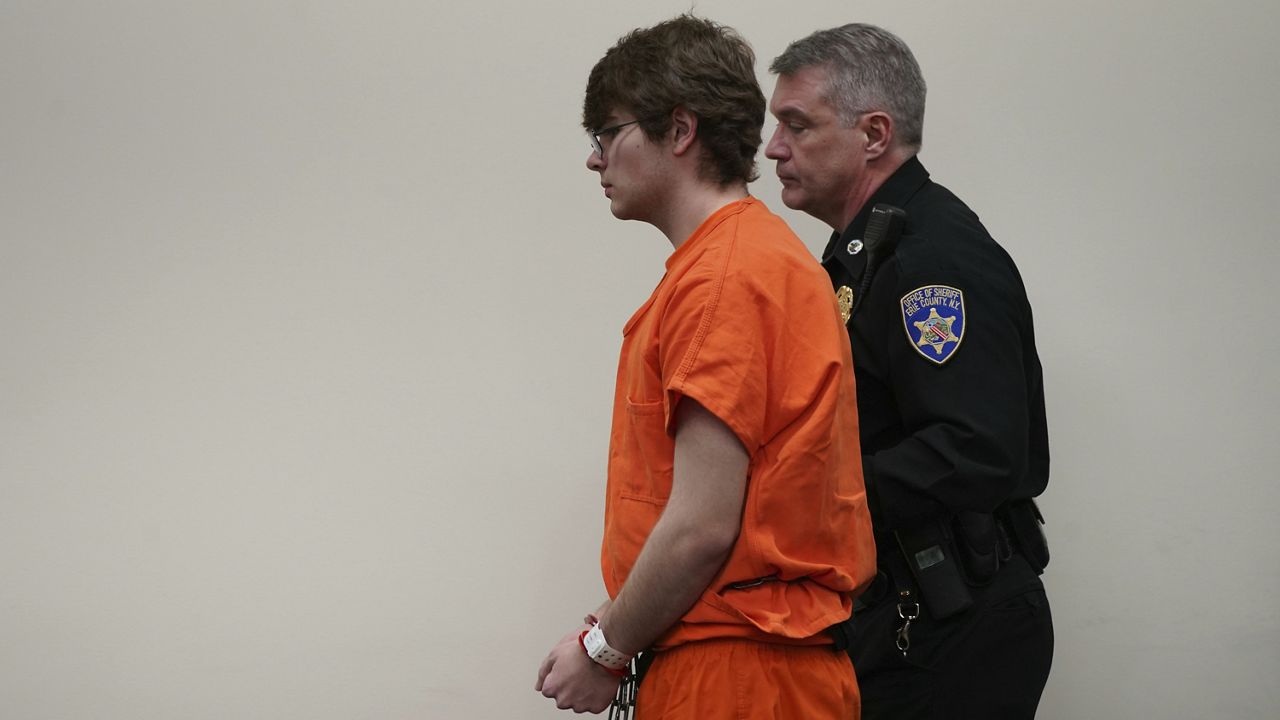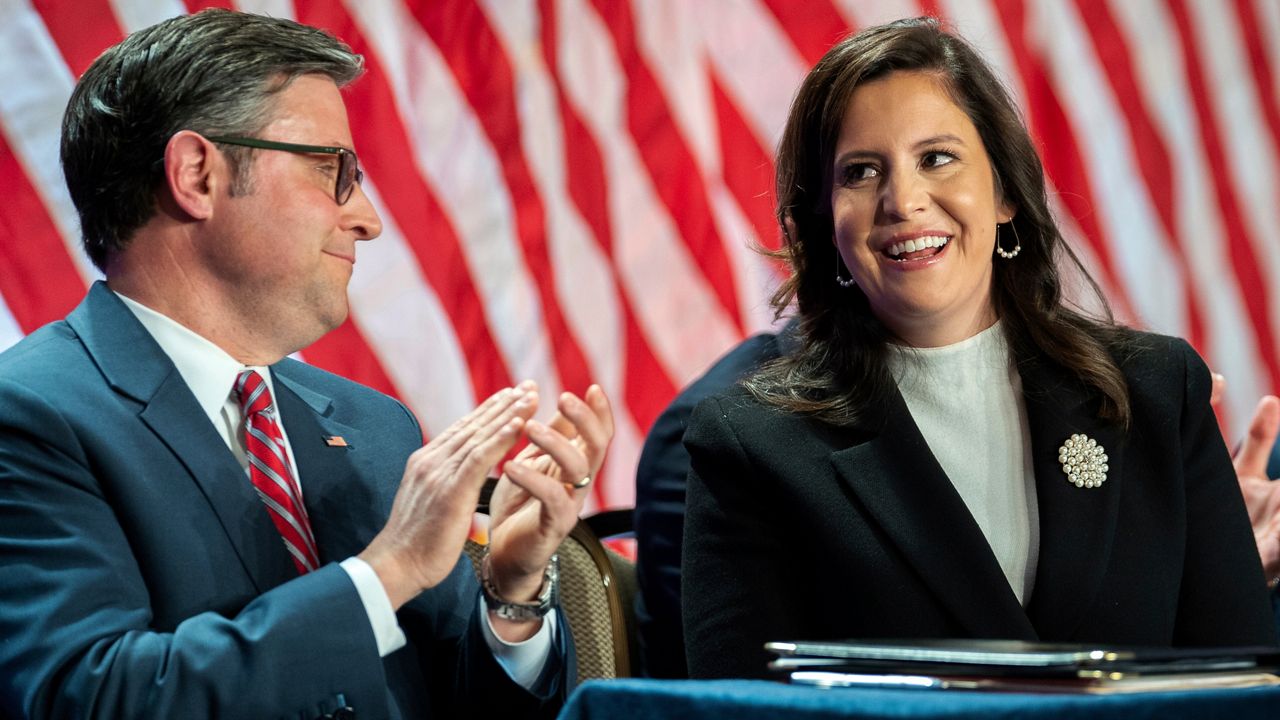On March 25, guidance from the state Department of Health was issued that has been at the center of the controversy surrounding nursing homes during the COVID-19 pandemic in New York.
The guidance, based on a federal guidance from the Centers for Disease Control and Prevention, told facilities they could not turn away COVID-positive residents.
Before the policy was partially rescinded, more than 9,000 COVID-positive patients were sent into nursing homes. Over the entirety of the pandemic, more than 15,000 residents of nursing homes or similar long-term care facilities have died.
Around the time the order was issued, a national group that represents doctors who work in nursing homes, AMDA, the Society for Post-Acute and Long-Term Care Medicine, issued a resolution warning against doing so.
Spectrum News spoke with Dr. Jay Slotnick, the president of the group's New York chapter, the New York Medical Directors Association. Here's a transcript of the discussion, edited lightly for clarity.
Spectrum News: Your organization was the first out of the gate to raise concerns about this March 25 directive. At the time, what was the alarm bell that rang as to why that was such a concern for nursing homes going forward?
Dr. Jay Slotnick: With the virus, with the epidemic, there was a major concern about the hospitals as Gov. Cuomo talked about yesterday. But we appreciated that when those patients were discharged from the hospital into nursing homes, the nursing homes were not adequately prepared for what was going to happen.
We anticipated that some of the patients with the COVID will return to the nursing home where, number one, was the nursing home equipped to care for those patients and, number two, as clearly as everyone agrees, we're talking about the most vulnerable residents. So, the patients who return from the hospitals with the COVID, they would expose other people in the nursing homes.
The nursing homes environment is actually the most regulated environment and it's poorly understood. We anticipated that there would be potential problems when these patients would be discharged back to nursing homes.
SN: The governor has said that nursing homes were legally required to be able to handle this intake of residents. Is there any truth to that, what's the nuance people are missing?
Slotnick: He basically said nursing homes were required to re-accept their patients into the nursing homes if they had the ability and the resources to care for them. It's my sense that some nursing homes interpreted that they needed to accept the patients, but there are other nursing homes that did not accept them. There's a lot of nuances to this that a medical leadership understands in a nursing home.
What the governor said they were only required to take them if they had the ability and resources to care safely for the residents. But in fact a lot nursing homes felt they were required to take it. All nursing homes are different. Some had systems that they could take them, but at that point in the pandemic, very few were prepared.
SN: The AP reported 9,000 people were discharged from hospitals into nursing homes and they were COVID positive. In your opinion, did that play a role in March, April and early May in what went wrong in nursing homes?
Slotnick: In my opinion, the question that's really on the table is the fact that COVID positive patients returned to the nursing homes -- that impact on the nursing home patients who developed COVID? The answer is yes. It varied with nursing homes. Yes, it did contribute to it and I think further investigation has to be done how much it contributed to it.
The point being is that medical directors have a feel for developing policies for trying to minimize poor outcomes. Our association, which reached out to the governor and trying to work the health department, we felt we could have contributed to improving the outcome.
SN: What needs to be done to make sure these facilities are better protected going forward either in another surge or a future pandemic?
Slotnick: One of the things that's important and I think underutilized was the role of medical leadership in nursing homes. The governor talked yesterday about having the best advice. The experts who really understand the nursing home environment, the medical issues in the nursing home, overall medical care, infection control, are medical directors with experience. We were sort of left out of the process.
When it gets down to the nuances of the care in the nursing home, there's quality of care in nursing homes and the medical director is responsible for the care in that nursing home. It was the feeling of the New York Medical Directors Association that we could have contributed more to that process. As move forward, we're actually working with the Department of Health and hopefully with the Legislature, with the task force, to have a seat at the table to continue that discussion.
Geriatrics is a team game and you need the experts at the table. No one knows more about the medical environment than experienced medical directors with good training.
SN: Are nursing homes in a better position now than they were a year ago to handle COVID and whatever infectious disease is around the corner?
Slotnick: This is an opportunity. I agree with the governor. Is this an opportunity to learn from our mistakes? We predicted what was going to happen because this is a long-term issue in nursing homes -- essentially transition of care, when someone goes from the hospital to a nursing home, from home to a nursing home, that's called a transition.
We understood that transition was a tricky business. Nursing home leadership has not been really listened to. It's my opinion there are opportunities for improvement. Certainly I don't minimize the importance Dr. Fauci and Zucker bring to the table, but having medical leadership and people who actually work in nursing homes at the table to develop better policies can create a better environment. That includes advocates and family members. When we all work together, there's an opportunity for improvement.
One example is when they developed the policies for giving the residents of nursing homes the vaccine, they had three clinics. But right now, most nursing homes are going through their third clinic. Patients that are admitted to the nursing home now that haven't gotten the vaccine, there's no plan to vaccinate them now. In New York and nationally, that's a problem.
There's an opportunity for improvement and there's a challenge we all have to work together.








